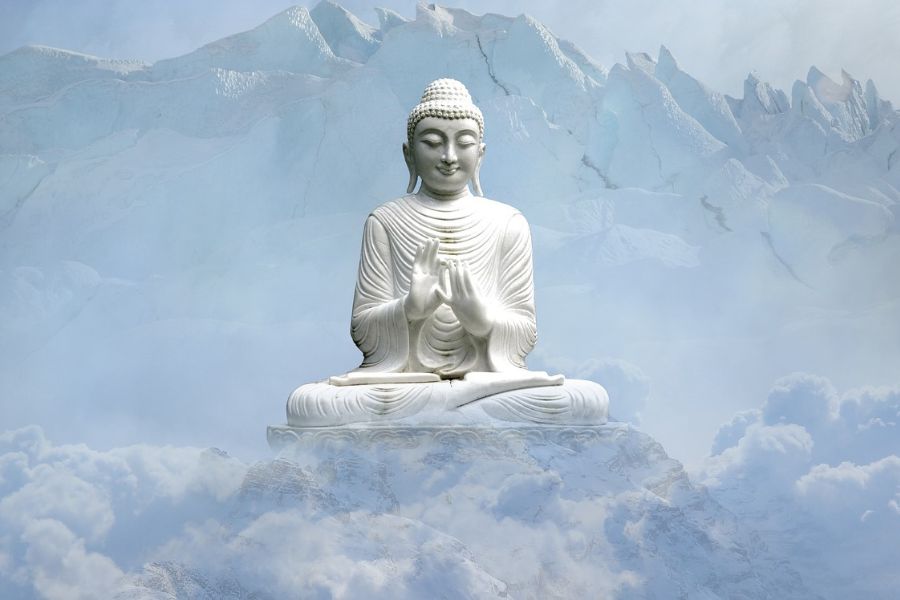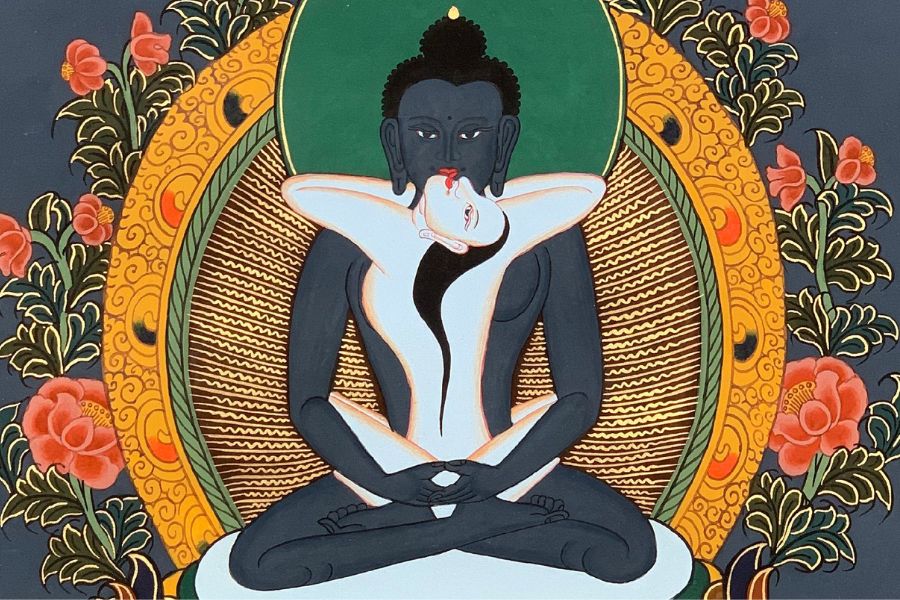Human beings are often tormented by countless anxieties, fears, and sufferings that seem unavoidable.
We tend to believe that these emotions stem from external circumstances, leading us to constantly rearrange the world around us in an attempt to reduce suffering and increase happiness. However, this pursuit rarely brings lasting results.
The core principle of meditation—and the Buddhist perspective—is that happiness and suffering do not fundamentally depend on the external world but on the mind itself. A serene and balanced mind finds peace even amid difficulties, while a disturbed mind experiences suffering regardless of external conditions.
This can be compared to a mirror. If our face is dirty, the reflection in the mirror will show that dirt. However, the mistake would be to try to clean the mirror instead of washing our own face. Similarly, we seek to change the external world in hopes of finding happiness when, in reality, the transformation must happen within.
Meditation teaches us to look inward, understanding that our experience of the world is a reflection of our inner state. If we cultivate positive thoughts and a serene outlook on life, the world will appear lighter. If we allow ourselves to be dominated by negativity, existence will feel heavy and distressing.
To allow the mind to find clarity and calm, it is essential to create favorable conditions for meditation. Being in a quiet environment, free from daily distractions, facilitates a deeper meditative experience. Moreover, maintaining silence and adopting the right posture directly influence the quality of the practice.
Our body is interconnected with a network of subtle energy channels through which vital energy flows. When the body is misaligned or tense, the mind tends to follow the same pattern, becoming restless and scattered. A correct posture supports the flow of this energy, stabilizing thoughts and emotions.
Similarly, excessive speech can create mental turbulence. Talking too much stimulates the constant production of thoughts, making meditation more difficult. Thus, cultivating silence is a way to bring stillness not only to speech but also to the mind.
When the body and speech are at rest, the mind becomes more inclined toward tranquility. Just as a skilled rider maintains firm control over a horse, one who stabilizes their posture and controls their speech can guide their mind with greater security and clarity.
Many people believe that meditation involves reflecting on the past or planning for the future. However, these activities only perpetuate mental agitation, preventing true serenity.
Meditation is not about revisiting memories or organizing thoughts about what lies ahead. Nor is it about sinking into a vague and unfocused state. The meditator’s mind should be neither distracted by thoughts nor lost in unconscious emptiness.
True meditation is the state in which the mind rests in the present—lucid and attentive. Just as the ocean becomes visible in all its details under daylight, the meditator's mind, when stabilized, perceives its own movements clearly and learns not to identify with them.
There are different techniques to achieve this state. One can focus on the breath, visualize a sphere of light, or simply observe thoughts without following them. The most important aspect is to maintain an open and receptive mind, free from rigid expectations that meditation must be “good” or “bad.”
Beginners in meditation often experience moments of deep peace and happiness, and when they become attached to these experiences, they start longing for their constant repetition. Conversely, when the mind becomes restless, frustration arises, leading to discouragement.
This attachment to pleasant experiences and rejection of difficulties are traps that hinder progress in meditation. The meditative path is like a long journey: sometimes we encounter smooth roads, while other times we must navigate rough terrain. If we stop at the first obstacle or cling to comfort, we will never reach our destination.
The best approach is balanced perseverance. For beginners, short meditation sessions—about ten to fifteen minutes—are more effective than long periods of practice. Even if the session is going well, it is advisable to stop and resume later after a break, ensuring that the mind remains fresh and engaged.
Over time, meditation becomes a natural and effortless process, no longer dependent on expectations or results. When the mind learns to rest in itself—without being carried away by the past or the future—we experience a peace that is independent of external circumstances: a genuine happiness that arises from understanding our own nature.




















